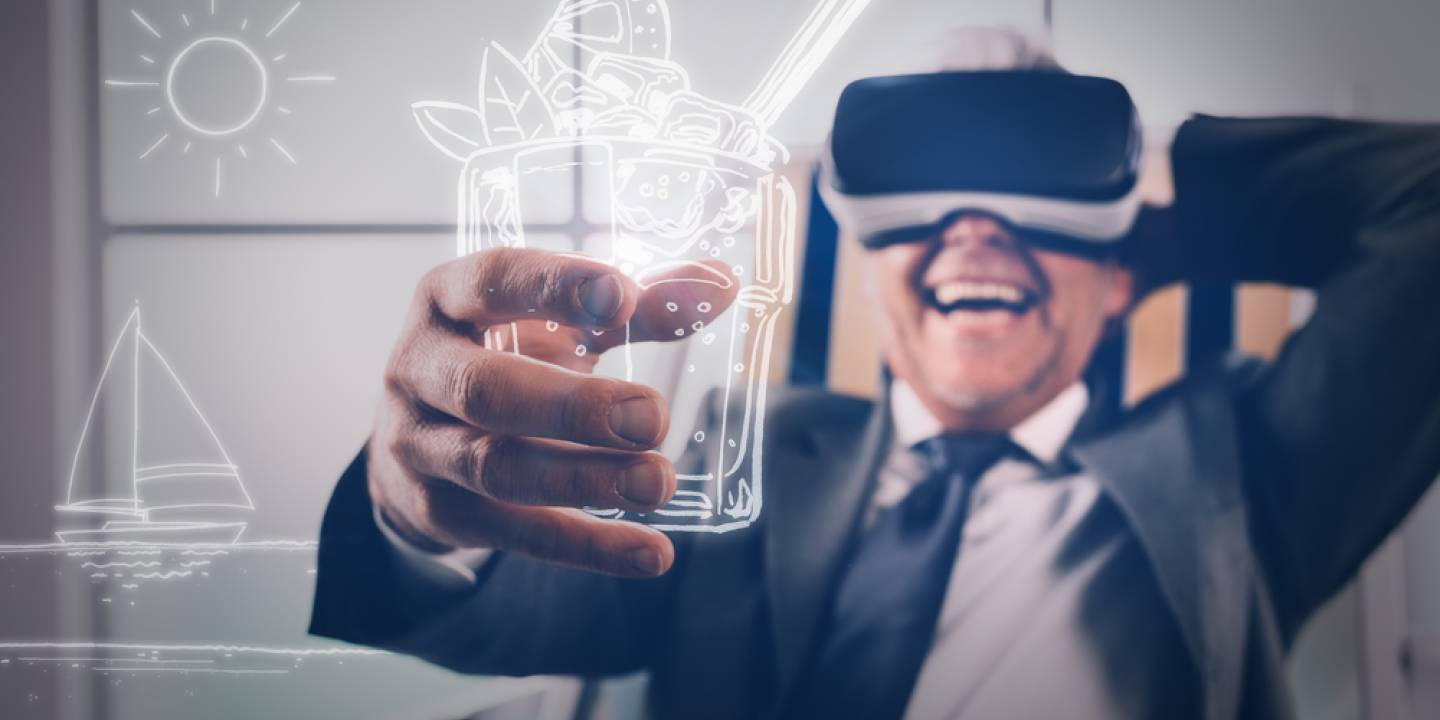With global populations growing exponentially, in both number and wealth, levels of food and drink consumption are becoming critical. While the debate around the sustainability of this concerning trajectory are not new, the solutions being posed to mitigate the problem are. Growing production from existing farms and ingredient producers has limited potential as the environmental costs mount up, so alternative strategies have needed to be sought. Combine this backdrop with the increasing concern for health and wellbeing on an individual level and we will see that the future of the beverage industry relies heavily on diversification, personalisation and innovation; all delivered with the health of both people and the environment in mind.
As consumers continue to make their ecological, health-conscious voice heard through their choice of food and drink, producers will be forced to consider alternative ingredients in the future. Alcohol could well become niche, if not completely a thing of the past, and new beverage choices will take centre stage. There will be increasing pressure on extracts to deliver great flavour and appeal, as a result, but also a light carbon footprint and noticeable wellbeing-related benefits. The resulting sustainably-led, bio-fortified approach to our drinks is likely to take unusual forms. Insects like crickets will be used for their protein and algae or seaweed will be employed for their omega 3 benefits. Insect protein drink anyone?
A forward-thinking 2050 drinks offering won’t simply adapt to seasonal availability – though this trend will continue to be part of meeting the requirements of an eco-conscious generation – but will also feature items based on their availability in general. Far from affecting bio-diversity negatively, we will see the beverage industry positively support the balance of nature by choosing ingredients that are either invasive or simply highly populated at the time, even if currently unfamiliar. So, while coffee beans become harder to farm due to the loss of the particular habitat that this popular bean requires, we might see the boom of mushroom or chicory-based alternatives. And, while bananas could be wiped out by a fungal disease that is worsened by climate change, the likes of algae-infused seaweed smoothies may well become the health drink of choice; as they combine readily available ingredients with omega 3 and other functional benefits.
Technology and its innovations will of course have a big part to play in the future of our beverage industry. Virtual reality bars will see a complete shift in the culture of social drinking; the increasing use of drone deliveries will enable retailers to lower their carbon footprint and meet more demanding time-lines; and augmented reality technology, which is set to launch on drinks packaging next year, will allow more transparency and better communication around ingredients, provenance and carbon footprint within chosen beverages. This clever marketing technology will trigger interactive, eye-catching 3D displays at the touch of an app on your smartphone. For the manufacturer who buys into this exciting new marketing opportunity, instantly-updatable multimedia content, social media integration and gamification can all be applied to any packaging, without the need to add a QR code or special link. It will be the perfect tool for conveying a new carbon footprint-related traffic light system that mimics the current nutrition labelling already in place on food.
Combine this greater communication opportunity with the new Blockchain technology that’s being developed so that consumers can track and trace exactly where every ingredient within their drink has come from, and the future of consumerism has landed squarely in the hands of the individual. Personalisation will be infinitely possible, not only in terms of tailoring your drink to your exact preferences – think carbonated drinks dispensers that allow you to select the level of sugar incorporated, or smoothie dispensers with an array of ingredients that the individual can combine to meet a range of health concerns – but also in relation to the information that is conveyed on the receptacle, or indeed the drinks dispenser.
Packaging might become more eye-catching by 2050 but it will also become simpler and more sustainable. Plastic will be a thing of the past with cardboard taking centre stage. The conversation will move from how to reduce waste through to how to eradicate it altogether. This includes ideas like the proliferation of drinks dispensers offering consumers the opportunity to refill reusable bottles and investigating how to use every part of a plant within food and drink production processes.
In summary, 2050 could well see a complete transformation of our drinks industry with new ingredients, new processes and new technologies all creating a more personalised, healthy and eco-friendly experience for everyone.
To find out how we can work with you on any of the latest trends, please email
enquiries@treatt.com or visit www.treatt.com to find out more about Treatt’s work.
